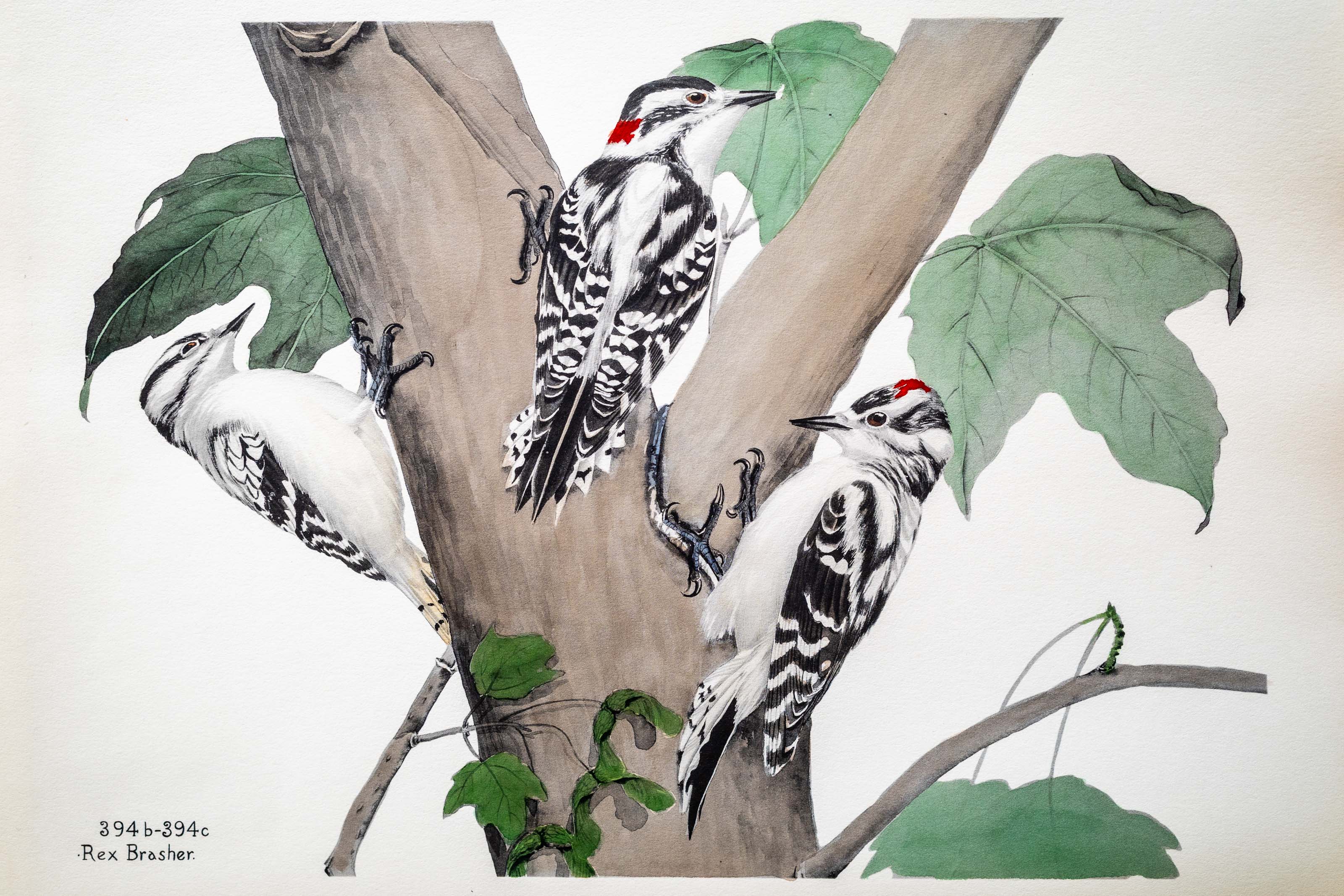
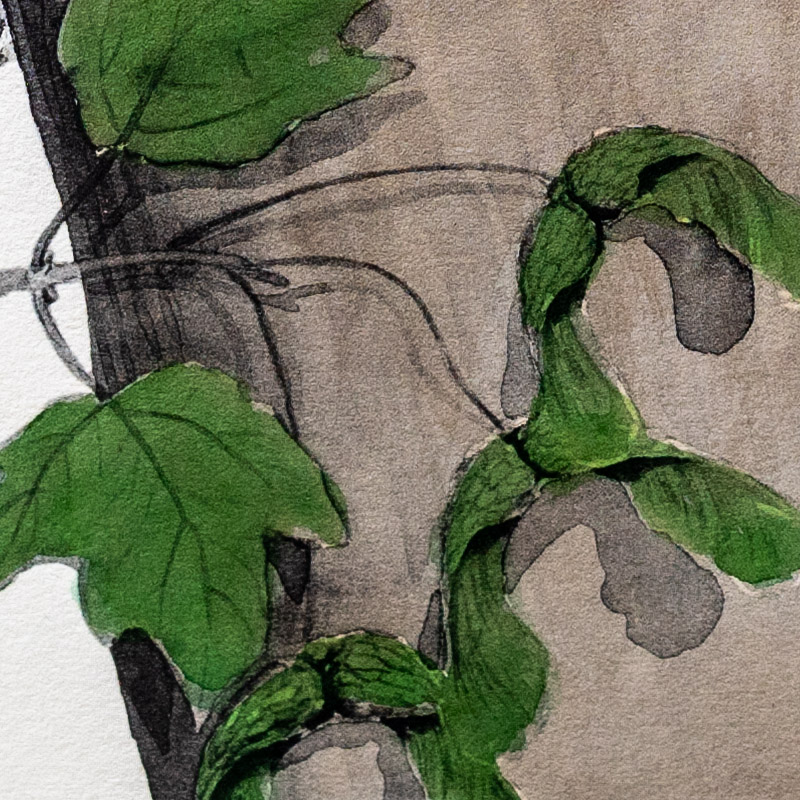
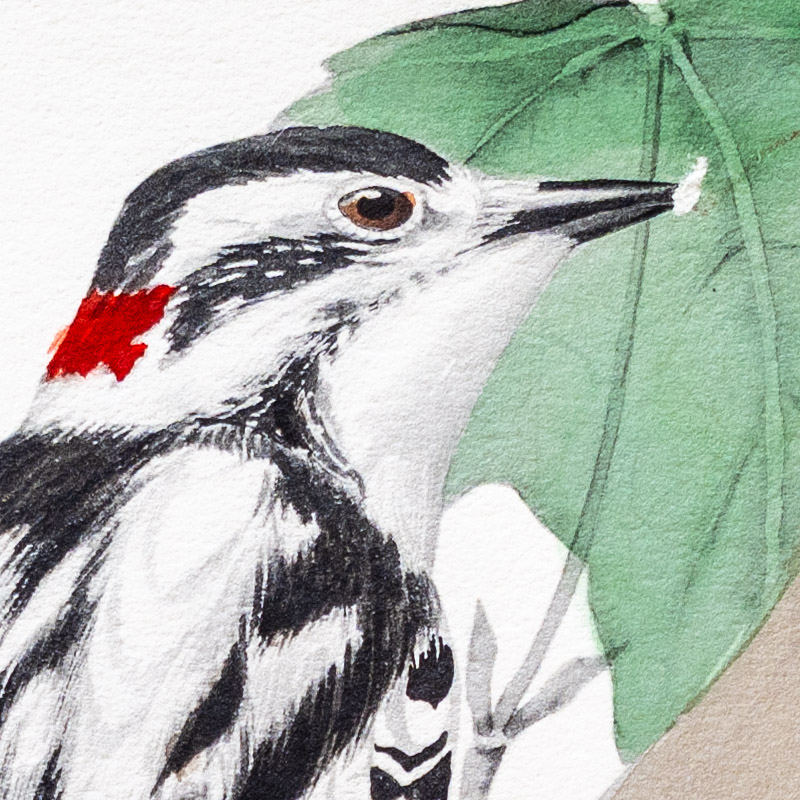
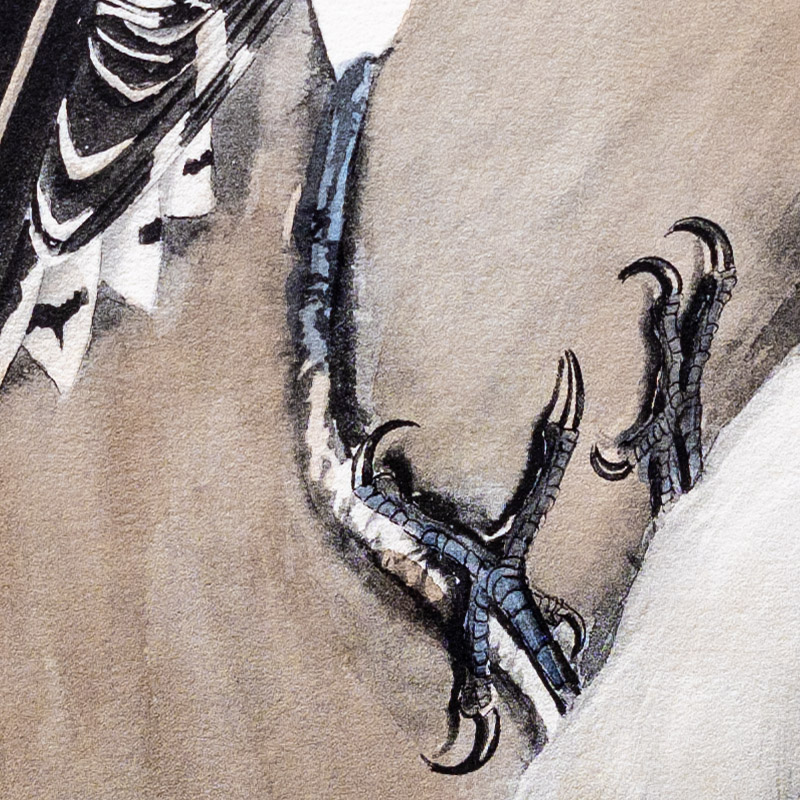
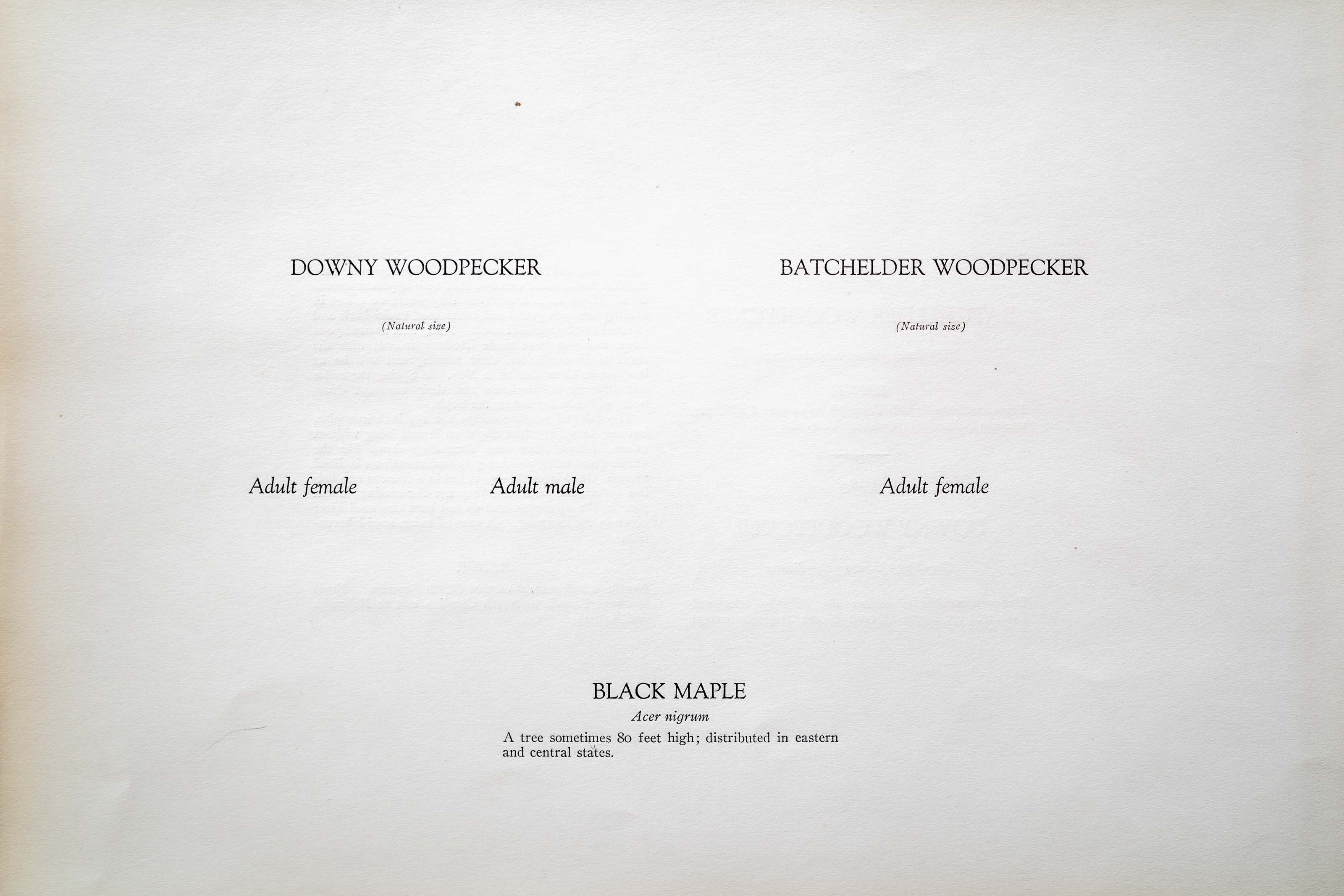
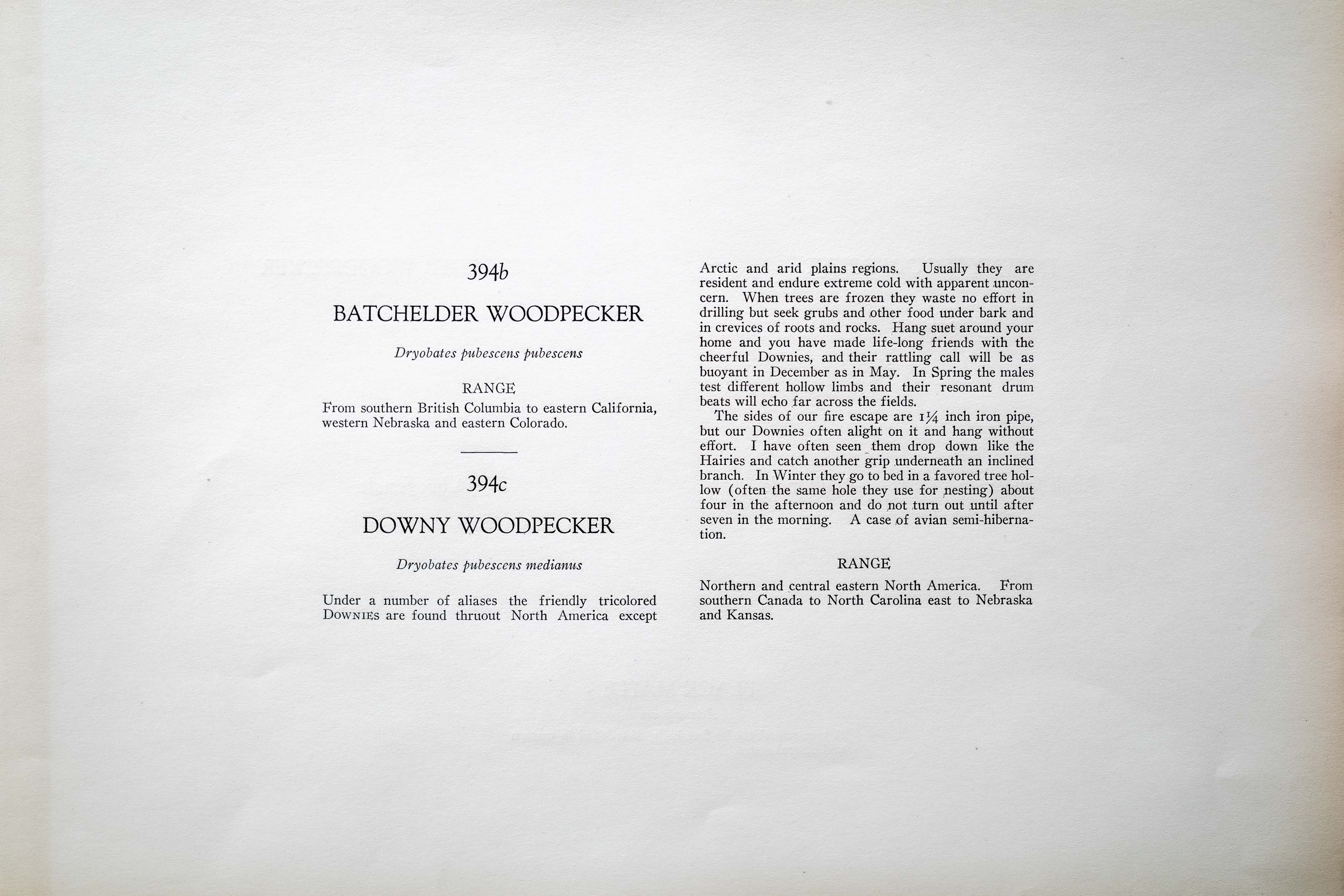

Unknown
1931
6
394b-394c
A team of dedicated board members, volunteers, and student interns has published every page in Volume 9. This volume includes 360 images of paintings and lyrical descriptions of birds, now available online for everyone to enjoy anywhere in the world. This is a monumental task. Each volume requires approximately 400 hours to photograph, edit, transcribe, catalog, and publish online. We need your support to complete this work.
If you're tech-savvy, have a good eye, are meticulous with details, and love structured data, please consider volunteering by emailing us at hello@rexbrasher.org.
We encourage all bird lovers and supporters to consider a monetary donation to support our mission to make Rex's work available for everyone. You can provide a one-time or recurring donation online.
From southern British Columbia to eastern California, western Nebraska and eastern Colorado.
Under a number of aliases the friendly tricolored DOWNIES are found thruout North America except Arctic and arid plains regions. Usually they are resident and endure extreme cold with apparent unconcern. When trees are frozen they waste no effort in drilling but seek grubs and other food under bark and in crevices of roots and rocks. Hang suet around your home and you have made life-long friends with the cheerful Downies, and their rattling call will be as buoyant in December as in May. In Spring the males test different hollow limbs and their resonant drum beats will echo far across the fields.
The sides of our fire escape are 1 ¼ inch iron pipe, but our Downies often alight on it and hang without effort. I have often seen them drop down like the Hairies and catch another grip underneath an inclined branch. In Winter they go to bed in a favored tree hollow (often the same hole they use for nesting) about four in the afternoon and do not turn out until after seven in the morning. A case of avian semi-hibernation.
Northern and central eastern North America. From southern Canada to North Carolina east to Nebraska and Kansas.
A tree sometimes 80 feet high; distributed in eastern and central states.